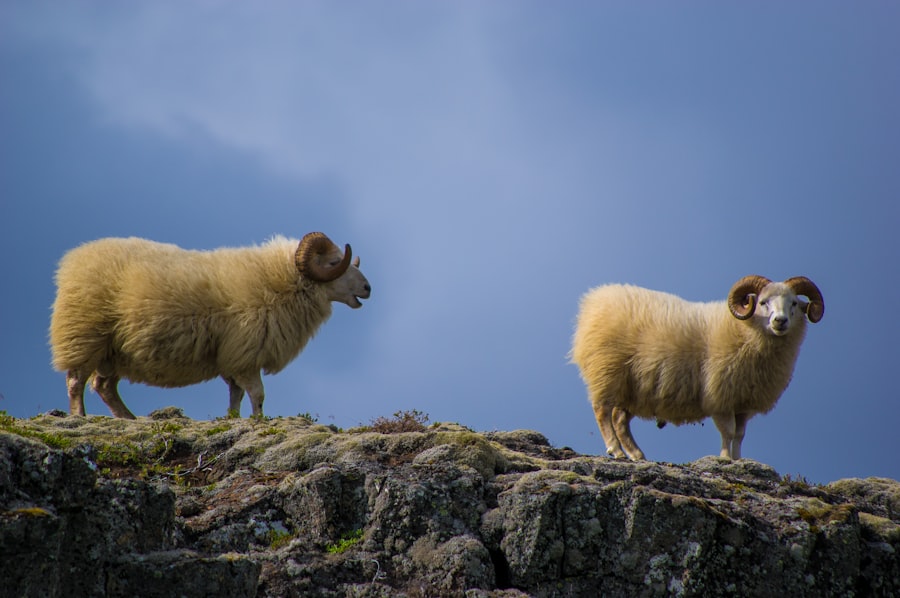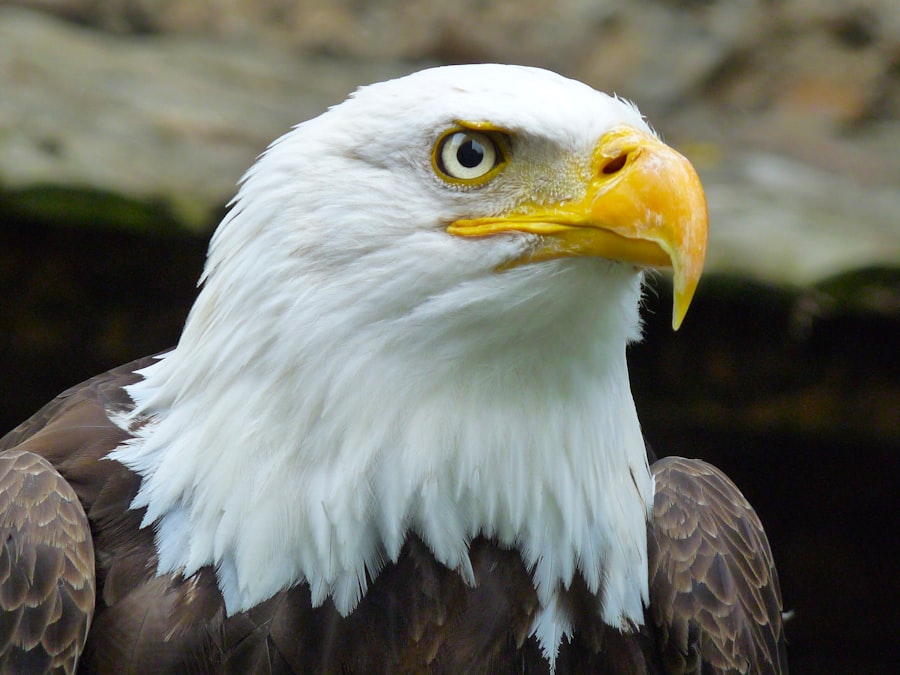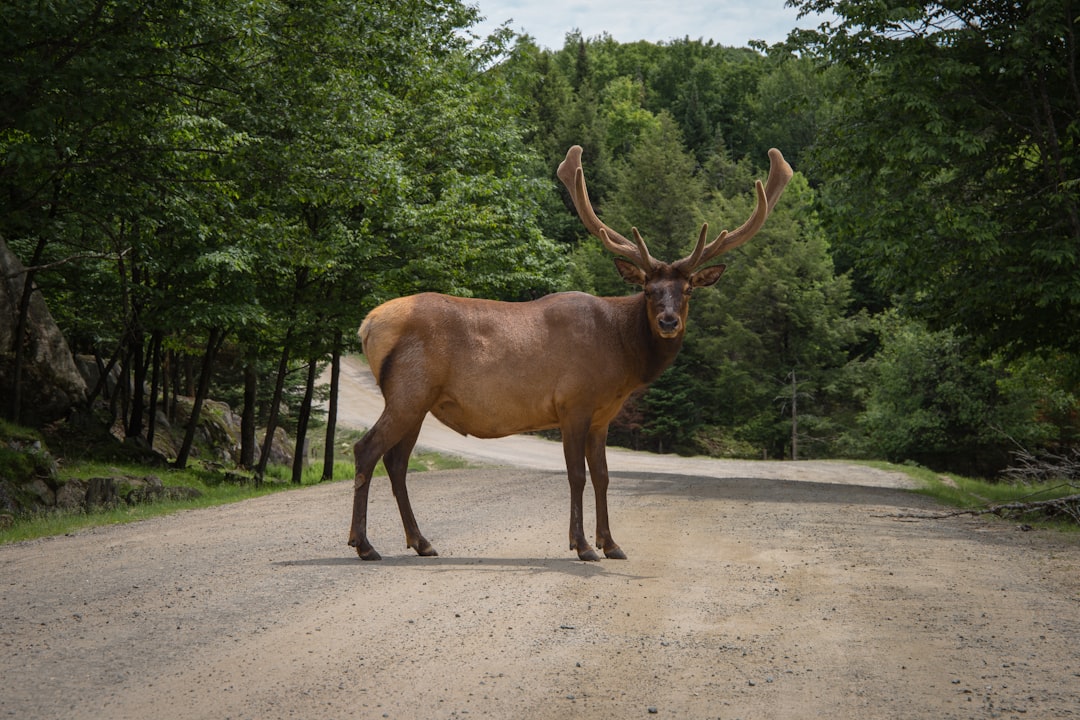The Drake Passage, a body of water situated between the southern tip of South America and Antarctica, is renowned for its tumultuous seas and rich biodiversity. This narrow stretch of ocean, measuring approximately 800 kilometers (500 miles) wide, serves as a critical conduit for marine life and plays a pivotal role in global oceanic currents. Named after the English explorer Sir Francis Drake, who navigated these waters in the late 16th century, the passage has long been a point of fascination for scientists, adventurers, and wildlife enthusiasts alike.
Its unique geographical position not only influences weather patterns but also creates a diverse habitat that supports an array of wildlife. The Drake Passage is often characterized by its unpredictable weather and rough seas, which can pose challenges for navigation. However, these very conditions contribute to the rich marine ecosystem found within its depths.
The confluence of cold Antarctic waters and warmer currents from the Pacific and Atlantic Oceans creates a nutrient-rich environment that sustains a variety of species. As such, the Drake Passage is not merely a geographical feature; it is a vital ecological zone that supports some of the most remarkable wildlife on the planet.
Key Takeaways
- The Drake Passage is a vital and unique ecosystem located between South America’s Cape Horn and the South Shetland Islands of Antarctica.
- The Drake Passage is home to a rich diversity of penguin species, including the Adélie, chinstrap, and gentoo penguins.
- The passage is also a habitat for magnificent whale species such as humpback, minke, and orca whales.
- Enchanting seal species like the leopard seal and Weddell seal can be found in the Drake Passage, contributing to its rich biodiversity.
- Climate change is impacting the wildlife in the Drake Passage, posing a threat to the delicate balance of this unique ecosystem.
The Rich Diversity of Penguins in the Drake Passage
Among the most iconic inhabitants of the Drake Passage are the penguins, which have become emblematic of the region’s wildlife. Several species can be found in these waters, including the Adélie, Gentoo, and Chinstrap penguins. Each species exhibits unique characteristics and behaviors that contribute to the overall biodiversity of the area.
The Adélie penguin, for instance, is easily recognizable by its distinctive black and white plumage and is known for its remarkable adaptability to the harsh Antarctic climate. Gentoo penguins, on the other hand, are distinguished by their bright orange beaks and are often seen foraging for food in the frigid waters.
The nutrient-dense waters provide ample food sources, such as krill and small fish, which are essential for the survival of these birds. During breeding season, large colonies can be observed on the rocky shores of nearby islands, where they engage in elaborate courtship displays and nesting behaviors. The sight of thousands of penguins waddling across the ice is a testament to the thriving wildlife that calls this passage home.
The Magnificent Whales of the Drake Passage

The Drake Passage is also a sanctuary for various whale species, making it a prime location for whale watching and research.
Humpback whales are particularly famous for their acrobatic displays, often breaching and slapping their tails against the water’s surface.
These magnificent creatures migrate thousands of miles each year, traveling from their feeding grounds in colder waters to warmer breeding areas. The passage serves as a critical route during these migrations, providing opportunities for researchers to study their behavior and population dynamics. Minke whales, smaller than their humpback counterparts, are also frequently spotted in the Drake Passage.
Their elusive nature makes them less visible, but they play an equally important role in the marine ecosystem. Orcas, or killer whales, are another fascinating species found in these waters. Known for their intelligence and complex social structures, orcas often hunt in pods and exhibit cooperative hunting techniques.
The presence of these majestic mammals highlights the ecological significance of the Drake Passage as a vital habitat for marine life.
The Enchanting Seals of the Drake Passage
| Seal Type | Population | Habitat |
|---|---|---|
| Leopard Seal | Unknown | Antarctic pack ice |
| Weddell Seal | 800,000 | Antarctic coast and pack ice |
| Crabeater Seal | 7-75 million | Antarctic pack ice |
Seals are another integral part of the wildlife tapestry in the Drake Passage. Species such as the Weddell seal, leopard seal, and elephant seal can be found lounging on ice floes or swimming gracefully through the frigid waters. The Weddell seal is particularly well-adapted to life in this harsh environment, with its thick blubber providing insulation against the cold.
These seals are known for their remarkable diving abilities, often reaching depths of over 600 meters (2,000 feet) in search of food. Leopard seals are among the top predators in these waters and are known for their distinctive spotted coats and powerful jaws. They primarily feed on penguins and other seals, showcasing their role as apex predators within the ecosystem.
Elephant seals, on the other hand, are known for their impressive size and unique vocalizations during mating season. Males can weigh up to 4,500 kilograms (10,000 pounds) and are known for their aggressive behavior when competing for mates. The diversity of seal species in the Drake Passage underscores the region’s ecological complexity and highlights the importance of preserving these habitats.
The Impact of Climate Change on Wildlife in the Drake Passage
As with many ecosystems around the globe, climate change poses significant threats to wildlife in the Drake Passage. Rising ocean temperatures and melting ice are altering habitats and food availability for many species. For instance, changes in sea ice patterns can affect penguin breeding success, as they rely on stable ice platforms for nesting.
Additionally, shifts in water temperature can impact krill populations, which serve as a crucial food source for both penguins and whales. The consequences of climate change extend beyond immediate habitat loss; they also disrupt migration patterns and breeding cycles. As species struggle to adapt to rapidly changing conditions, researchers are increasingly concerned about potential declines in populations.
The delicate balance of life in the Drake Passage is at risk, highlighting the urgent need for conservation efforts to mitigate these impacts.
Conservation Efforts in the Drake Passage

In response to these challenges, various conservation initiatives have been established to protect the unique wildlife of the Drake Passage. Organizations such as the Antarctic and Southern Ocean Coalition (ASOC) work tirelessly to advocate for policies that safeguard marine ecosystems from overfishing and pollution. These efforts aim to create marine protected areas that limit human activities and preserve critical habitats for wildlife.
Additionally, scientific research plays a vital role in conservation efforts. By studying population dynamics and ecological interactions within the Drake Passage, researchers can better understand how climate change affects marine life. This knowledge is essential for developing effective management strategies that ensure the long-term survival of species inhabiting this fragile ecosystem.
Collaborative efforts between governments, NGOs, and research institutions are crucial in fostering a sustainable future for wildlife in the Drake Passage.
The Behavior and Mating Rituals of Penguins in the Drake Passage
The behavior and mating rituals of penguins in the Drake Passage are fascinating aspects of their biology that reflect their adaptation to this unique environment. During breeding season, which typically occurs from October to February, male penguins engage in elaborate courtship displays to attract females. These displays often involve vocalizations, physical posturing, and even gift-giving behaviors where males present pebbles or other materials as tokens of affection.
Once paired, penguins work together to build nests using stones or other available materials. The female typically lays one or two eggs, which both parents take turns incubating. This cooperative breeding strategy not only strengthens pair bonds but also ensures higher survival rates for their chicks.
As hatchlings emerge from their eggs, they rely on their parents for warmth and food until they are ready to venture out into the icy waters on their own.
The Migration Patterns of Whales in the Drake Passage
Whales in the Drake Passage exhibit remarkable migration patterns that reflect their need for feeding and breeding grounds. Many species undertake extensive journeys between feeding areas rich in krill during summer months and warmer breeding grounds during winter months. Humpback whales are particularly known for their long migrations; they can travel up to 25,000 kilometers (15,500 miles) annually between feeding grounds in polar regions and breeding areas in tropical waters.
The timing of these migrations is closely linked to environmental cues such as water temperature and food availability. As climate change alters ocean conditions, researchers are closely monitoring how these shifts impact whale migration patterns. Understanding these dynamics is crucial for conservation efforts aimed at protecting migratory routes and ensuring that whales have access to essential feeding grounds throughout their life cycles.
The Role of Seals in the Ecosystem of the Drake Passage
Seals play a multifaceted role within the ecosystem of the Drake Passage, serving as both predators and prey within this intricate web of life. As apex predators, leopard seals help regulate populations of penguins and other marine animals by preying on them. This predatory behavior contributes to maintaining balance within the ecosystem by preventing any one species from becoming overly dominant.
Conversely, seals themselves are preyed upon by larger marine mammals such as orcas and even some species of sharks. This dynamic interaction highlights the interconnectedness of species within this ecosystem; each plays a vital role in sustaining overall biodiversity. Furthermore, seals contribute to nutrient cycling within marine environments through their feeding habits and waste production, enriching local ecosystems.
The Importance of the Drake Passage for Wildlife Research
The Drake Passage serves as an invaluable natural laboratory for wildlife research due to its unique ecological characteristics and diverse marine life. Scientists from around the world flock to this region to study various aspects of marine biology, including species behavior, population dynamics, and responses to environmental changes. Research conducted here not only enhances understanding of local ecosystems but also provides insights into broader global trends affecting marine life.
Long-term monitoring programs have been established to track changes in wildlife populations over time. These studies help identify potential threats posed by climate change or human activities while informing conservation strategies aimed at protecting vulnerable species. The knowledge gained from research conducted in the Drake Passage is essential for developing effective management practices that ensure sustainable use of marine resources while preserving biodiversity.
The Future of Wildlife in the Drake Passage
The future of wildlife in the Drake Passage remains uncertain as climate change continues to exert pressure on this fragile ecosystem. While conservation efforts are underway to protect marine habitats and mitigate human impacts, ongoing research is crucial for understanding how species will adapt to changing conditions. Collaborative initiatives involving governments, NGOs, scientists, and local communities will be essential in fostering resilience among wildlife populations.
Public awareness campaigns also play a vital role in promoting conservation efforts by educating individuals about the importance of protecting marine ecosystems like those found in the Drake Passage. By fostering a sense of stewardship towards these unique environments, society can work together towards ensuring that future generations will continue to marvel at the incredible biodiversity that thrives within this remarkable passageway between continents. In conclusion, while challenges abound due to climate change and human activities threatening wildlife populations within this region; there remains hope through dedicated conservation initiatives aimed at preserving its rich biodiversity for years ahead!
The Drake Passage, a body of water located between the southern tip of South America and Antarctica, is home to a diverse array of wildlife. This region is known for its rich marine biodiversity, including various species of whales, seals, and seabirds. For those interested in exploring more about the unique ecosystems and the animals inhabiting the Drake Passage, you can find additional information in a related article on
